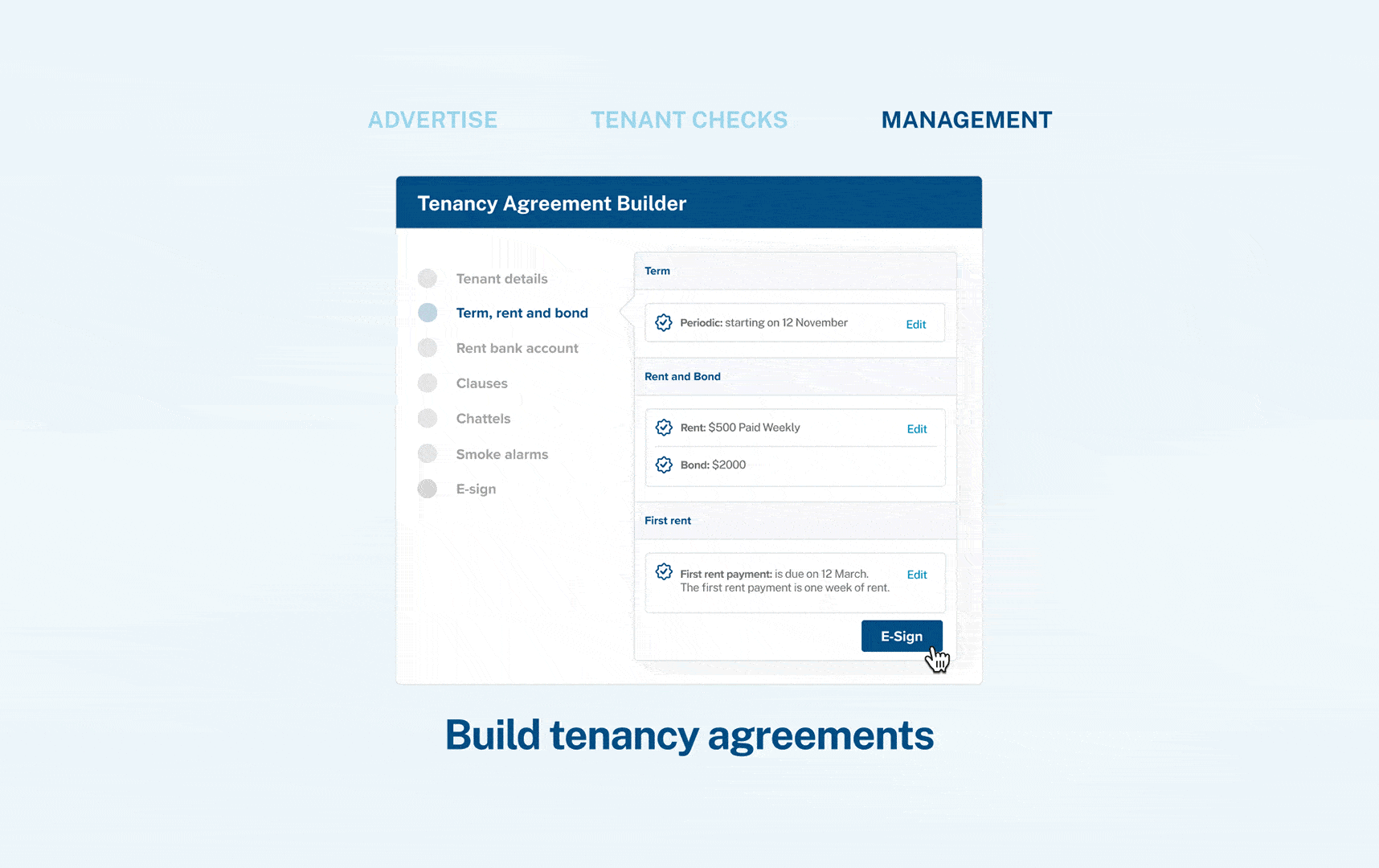This Bill has been a long time coming and will address some top-line issues (think Osaki ruling, Inglis and meth testing post-Gluckman).
1. Tenant liability for damage
The 2015 Holler v Osaki decision meant that tenants could be exonerated from accidental, careless or negligent damage liability under certain circumstances. This ruling left landlords responsible for damages caused by tenants to their residential properties. The decision was wildly objected by landlords and industry professionals and disagreed with by political parties.
The new amendment will now hold tenants partially responsible for careless and unintentional damages they cause. The claim will be limited to 4 weeks rent or the landlord's insurance excess, whichever is the lower.
Unfortunately, this still means that the landlord's claim has little relevance to the actual damage caused. Both landlords and tenants can still be out of pocket by hundreds and thousands of dollars. Tenants liability will be measured by the Tenancy Tribunal and insurance companies, who will determine the number of incidents that have taken place.
Example 1:
The claim can be made for each incident of damage. For example, if the tenant puts two holes in a wall and the Tribunal agrees that this happened on two separate instances, this would be considered two events. The tenants will be liable for the repair cost up to twice the excess or 8 weeks rent, whichever is the lower.
Example 2:
If the tenant caused 4 burn marks on the carpet that will cost $2,000 to repair, the landlord's insurance access was only $700, and the Tribunal decides the damage was caused by one event, then the tenant will only be liable for $700.
The cost of the claim will also depend on the amount rent tenants are paying and landlord's insurance excess. It is potentially making tenants in the city areas more liable than those from smaller towns for the same damage.
If asked, the landlord must disclose to the tenant whether the property is insured or not and provide details of the insurance policy in place.
2. Unlawful residential dwellings
The Bill gives the Tenancy Tribunal full power to deal with cases concerning premises that don't meet minimum requirements for renting such as sleep out and illegally converted garages. This is a significant improvement as previously, the Tribunal was not allowed to hear these cases.
The Bill also gives tenants (living in these unlawful premises) protection under the Residential Tenancies Act; and gives Tenancy Services power to enforce action against landlords who rent such properties.
3. Meth contamination of rental properties to address how to test and manage contaminated properties.
The landlord is not allowed to rent the property if they know it's methamphetamine-contaminated nor if they have not decontaminated the premises properly.
The Bill gives a landlord permission to test for contamination without the tenant's approval. The landlord must give the right notice to their tenants about accessing the property (which is at least 48-hours notice, and no more than 14 days in advance)
If the property is found to be contaminated, the landlord can give at least 7 days notice to terminate.
If it is established that the tenant is not the one responsible for the contamination, all rent payments must stop.
Overall the legislation is a move in the right direction and will help to alleviate confusion around the issues of tenant liability for damage, meth contamination of rental properties and unlawful residential dwellings.
The information contained in this article is exclusively for promotional purposes. It does not in any way constitute legal advice and should not be relied upon as the basis for any legal action or contractual dealings. The information is not and does not attempt to be, a comprehensive account of the relevant law in New Zealand. If you require legal advice, you should seek independent legal counsel. myRent.co.nz does not accept any liability that may arise from the use of this information.


